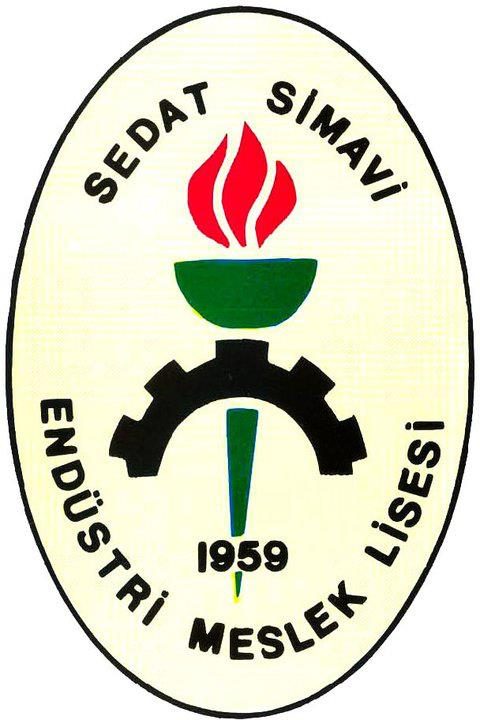Using an inventory app like Sortly, tag each item in your inventory as “long-term asset” or “inventory”—then generate reports for each term. Because you are eventually passing inventory items along to your customer, sales tax is not applied until someone buys them from you. You pay sales tax, however, on supplies you use because there is no one next in line to pass that tax along to.
- Under International Financial Reporting Standards, you should disclose the amount of any write down of inventory recognized as an expense during the period.
- Next companies must account for interest income and interest expense.
- While some spoilage is accounted for by the cost of the goods sold, unusual or careless spoilage is a significant concern.
- In other words, by analyzing inventory on your balance sheet, your company can determine just how risky your inventory situation is.
The term inventory refers to the raw materials used in production as well as the goods produced that are available for sale. There are three types of inventory, including raw materials, work-in-progress, and finished goods. Increased sales result in a greater cost of goods sold, which depletes the inventory account. The conceptual justification is that current assets, including raw materials, work-in-progress, and finished commodities, are converted into income. The cost of goods sold (COGS) account is how the cost of goods flows to the income statement.
Disclosure of an Inventory Write Down
For any manufacturing or trading company, inventory is a crucial asset. In addition to the general definition, some sectors of the economy, such as manufacturing and services, employ specialized purposes that consider all of the assets specific to those sectors. Business owners can better understand how their inventory serves them by understanding the many forms of inventory, including those that aren’t directly used in accounting.
Cazoo Reports Strong Second Quarter and First Half 2023 Financial … – Business Wire
Cazoo Reports Strong Second Quarter and First Half 2023 Financial ….
Posted: Tue, 01 Aug 2023 10:30:00 GMT [source]
Swim suits usually are offered at reduced prices in August and September as the summer season draws to a close. Damage can also impact an owner’s ability to recoup the cost of inventory. Advertised sales tempt buyers to stores by offering scratched and dented products, such as microwaves and refrigerators, at especially low prices. The account’s value on the balance sheet is influenced by the type of accounting system utilized. While perpetual systems calculate the inventory value after each transaction, periodic inventory systems determine the LIFO, FIFO, or weighted average value at the end of each period. Inventory purchases are recorded as a charge (debit – D) in the sales operating account on an Inventory object code.
Current assets- Balance Sheet
Sometimes you have to when there simply isn’t enough revenue coming in to hire anyone else. When it comes to the tough questions about accounting, we enjoy getting to help small business owners just like you make sense of it all. Another way to look at whether or not something is a cost or an expense is to consider the difference between “inventory” and “supplies”. Inventory obsolescence occurs when your inventory is out-of-date, drastically reducing or eliminating its value.
Purchase orders are used to purchase items for resale (follow purchasing procedures). The packing/receiving slip should match the invoice and the materials you got when the goods are delivered. Adjust the Inventory object code to reflect the products and invoices that have been received.
Beginners’ Guide to Financial Statement
Reduce the balance on the Inventory object code (C) and increase the Inventory Over/Short object code (D) in the sales operating account to fix a shortage. Inventory that has been constructed and offered for sale right away is referred to as finished goods inventory. Finished goods inventory comprises the cost of the raw materials, direct labor, and an overhead allocation regardless of the inventory cost method indicated above. Finally, a balance sheet will also include information about shareholders’ equity.
It’s not always possible to forecast swings and market changes in a manufacturing or trade business. Such modifications may negatively affect the sales or production process, resulting in out-of-stock circumstances. The cost of goods sold accounting approach also determines ending inventory. FIFO (“first in, first out”), LIFO (“last in, first out”), weighted average, and particular identification are the four primary techniques for calculating inventory.
- For example, the notes will disclose whether FIFO lower of cost or net realizable value, LIFO, weighted average, or other cost flow methods were used.
- A third possibility is to sum the cost of all inventory and make a single comparison of that figure to the total of all market values.
- For accounting purposes, the sales value of inventory is normally defined as its estimated net realizable value.
When sold, inventory is removed from the books, and cost of goods sold is recorded. Working capital changes are reported under the operating profit for the year to achieve net cash flow from operating activities. The opening inventory is the closing inventory of the preceding year, and the amount can be extracted from previous financial statements. The operating expenses are deducted from the gross profit to arrive at the net profit. An increase in inventory will be subtracted from a company’s purchases of goods, while a decrease in inventory will be added to a company’s purchase of goods to arrive at the cost of goods sold.
Transit inventory- Inventory on the Balance Sheet
The third part of a cash flow statement shows the cash flow from all financing activities. Typical sources of cash flow include cash raised by selling stocks and bonds or borrowing from banks. Likewise, paying back a bank loan would show up as a use of cash flow.

And if your business has opted in to a pension fund, those liabilities are long-term, too. The next section examines how businesses determines the cost of inventory sold, the ‘Cost of Goods Sold’ (sometimes also referred to as Cost of Sales, as is the case in CSL above). The net effect of these two entries on assets and equity is a $200 ($ ) increase which equal to the gross profit (Revenue $600 – Expense $400) that In Style Fashion earned on the sale.
Calculating the value of inventory for a balance sheet
The cost flow assumption must be disclosed in the Summary of Significant Accounting Policies (usually Note 1 to the financial statements). Sales are recorded on the operating account with the appropriate sales object how to calculate allowance for doubtful accounts code, and inventory purchases are recorded on the operating account with an inventory object code. The cost of goods sold is transferred to the operating account through a cost-of-goods-sold transaction.
An incorrect inventory balance causes an error in the calculation of cost of goods sold and, therefore, an error in the calculation of gross profit and net income. The total cost of goods sold, gross profit, and net income for the two periods will be correct, but the allocation of these amounts between periods will be incorrect. Since financial statement users depend upon accurate statements, care must be taken to ensure that the inventory balance at the end of each accounting period is correct.
Journalize the following sales transactions for Straight Shot Archery using the periodic inventory system. The company estimates sales returns and allowances at the end of each month. After each physical inventory, adjust the general ledger inventory balance to the physical “actual” inventory balance. Your inventory tracking system should be tracking the inventory book balance. Limit access to inventory supply and implement procedures for receiving and shipping. Ensure that all employees responsible for inventory control and accounting entries are knowledgeable about the products and items inventoried.
4 Inventory
Since working capital is defined as current assets minus current liabilities, when inventory goes up in the income statement, the working capital would also go up. Since inventory is an important part of any business, its management can affect any of the financial statements. For instance, a low inventory level could lead to delays in deliveries, while an excess in stock could adversely affect your cash flow. A balance sheet articulates a company’s assets and liabilities at a single, specific time. A balance sheet reveals a company’s worth at present, and in that sense, is a true snapshot of a business’s financial picture.
High-value objects need to be locked up separately from the shared storage space. You should label and organize inventory to quickly access things and calculate the amount you have on hand. Sort out defective or obsolete products, make a note of them, and record them on a waste sheet.
The ending balance of inventory for a period depends on the volume of sales a company makes in each period. This includes monthly or recurring expenses, such as payroll, interest, rent, utilities, and business taxes. If pieced together correctly, your most liquid assets should be at the very top of your balance sheet. Your team will get an even clearer picture of how much “cash” is available by listing assets in descending order of liquidity. In this entry, inventory (asset) increases and so does accounts payable (liability). But once someone buys it, you can then calculate the Cost of Goods Sold (COGS) in order to determine how much profit you made by selling it.
